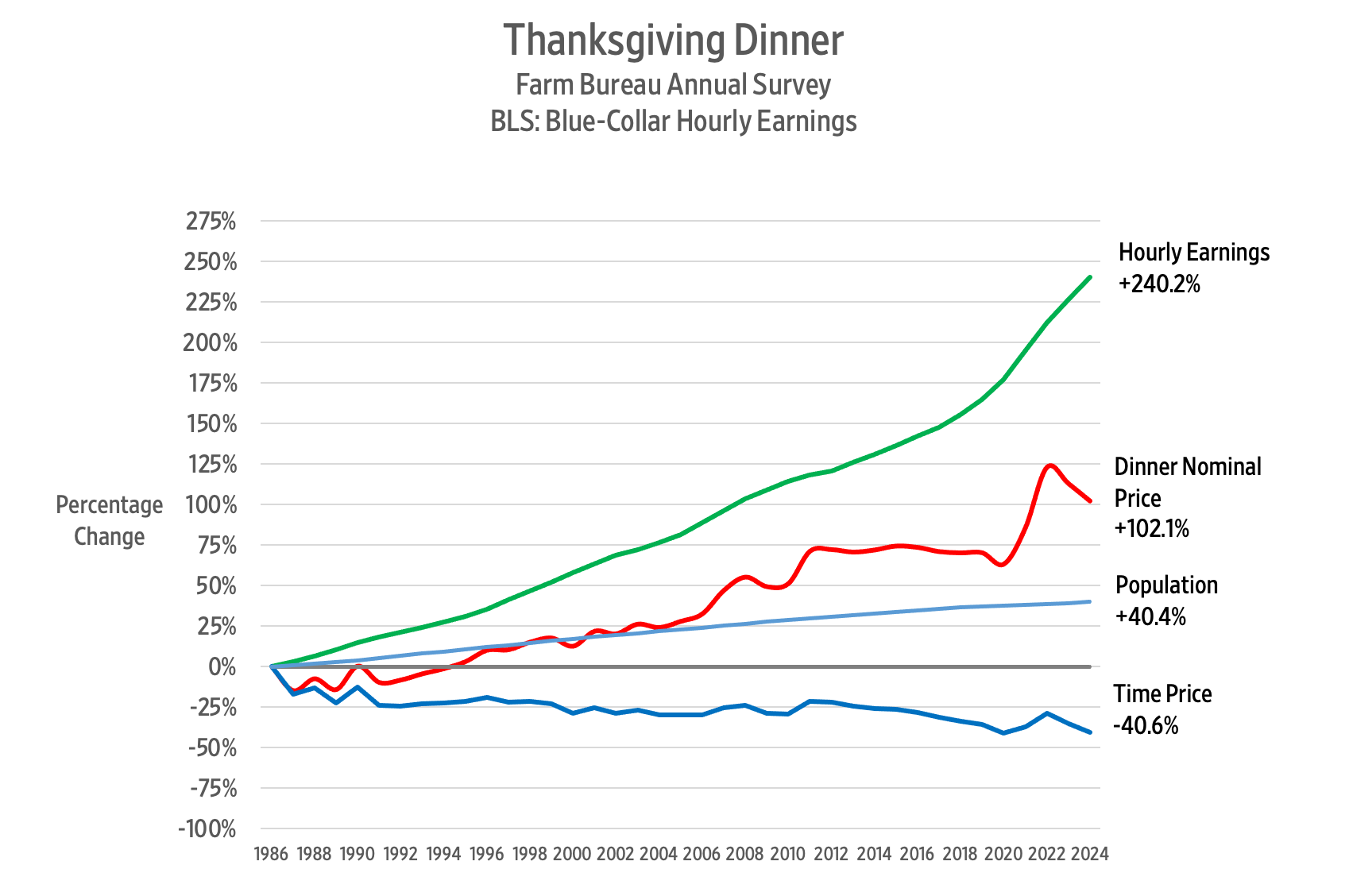Sub-Saharan Africa consists of 46 countries and covers an area of 9.4 million square miles. One out of seven people on earth live in Africa and the continent’s share of the world’s population is bound to increase, because Africa’s fertility rate remains higher than elsewhere. If current trends continue, there will be more people in Nigeria than in the United States by 2050. What happens in Africa, therefore, is important not only to the people who live on the continent, but also to the rest of us.
Africa may be the world’s poorest continent, but it is no longer a “hopeless continent,” as The Economist magazine described it back in 2000. Since the start of the new millennium, Africa’s average per capita income adjusted for inflation and purchasing power parity rose by more than 50 percent and Africa’s growth rate has averaged almost 5 percent per year.
Increasing wealth has led to improvements in key indicators of human wellbeing. In 1999, 58 percent of Africans lived on less than $1.90 per person per day. By 2011, 44 percent of Africans lived on that income – all while the African population rose from 650 million to 1 billion. If the current trends continue, Africa’s absolute poverty rate will fall to 24 percent by 2030.
Life expectancy rose from 54 years in 2000 to 62 years in 2015. Infant mortality declined from 80 deaths per 1,000 live births to 49 deaths over the same time period. When it comes to HIV/AIDS, malaria and tuberculosis, occurrence, detection, treatment and survival rates have all improved. Food supply exceeds 2,500 calories per person per day (U.S. Department of Agriculture recommends consumption of 2,000 calories) and famines have disappeared outside of warzones. Primary, secondary and tertiary school enrollments have never been higher.
Some of Africa’s growth was driven by high commodity prices, but much of it, a McKinsey study found in 2010, was driven by economic reforms. To appreciate the latter, it is important to recall that for much of their post-colonial history, African governments have imposed central control over their economies. Inflationary monetary policies, price, wage and exchange rate controls, marketing boards that kept the prices of agricultural products artificially low and impoverished African farmers, and state-owned enterprises and monopolies were commonplace.
That began to change after the fall of the Berlin Wall. Socialism lost much of its appeal and the Soviet Union, which bankrolled and protected many African dictatorships, fell apart. Between 1990 and 2013, economic freedom as measured by the Fraser Institute in Canada rose from 4.75 out of 10 to 6.23. Freedom to trade rose even more, from 4.03 to 6.39. Most impressively, Africa has made much progress in terms of monetary policy, or access to sound money, which rose from a low of 4.9 in 1995 to a remarkable 7.27 in 2013.
Africa has made similar strides in terms of microeconomic policy. As the World Bank’s Doing Business report indicates, Africa’s regulatory environment has much improved. Starting a business, for example, has become easier, with Africa’s score rising from 45 out of 100 in 2004 to 72 in 2015. Dealing with construction permits, resolution of insolvencies, enforcement of contracts, access to electricity, the ease of payment of taxes, registering of property and getting of credit, have all much improved.
Unfortunately, there has been no substantial improvement in the quality of Africa’s institutions. According to the Freedom House’s Freedom in the World 2016 report, there were only 6 free countries in sub-Saharan Africa: Benin, Botswana, Ghana, Namibia, Senegal and South Africa. While many countries have adopted more “democratic” constitutions that include term limits, and other legislative and institutional checks on the executive branch of government, African rulers have found a way around those provisions in order to maintain power and abuse it.
According to the World Bank, corruption continues to thrive among government officials and, importantly, among members of the judiciary. As a consequence, rule of law indicators for African countries have remained, by and large, unchanged. Yet without efficient and impartial courts, Africa’s economic potential will always remain unfulfilled.
That said, as experience in other regions shows, institutional development tends to lag behind economic reforms. In the medium to long run, growth of the African middle class might yet result in a political awakening and greater assertiveness of the African populace, and eventual democratization of the continent.
The new millennium has been good to Africa, but the continent is still far from being prosperous, let alone democratic. In order for Africa’s economy to go on expanding, Africans will need to continue with their reforms – never forgetting that the world economy keeps on changing and global competition keeps on increasing. That is Africa’s challenge as well as its opportunity.
This piece was first published on CapX.




